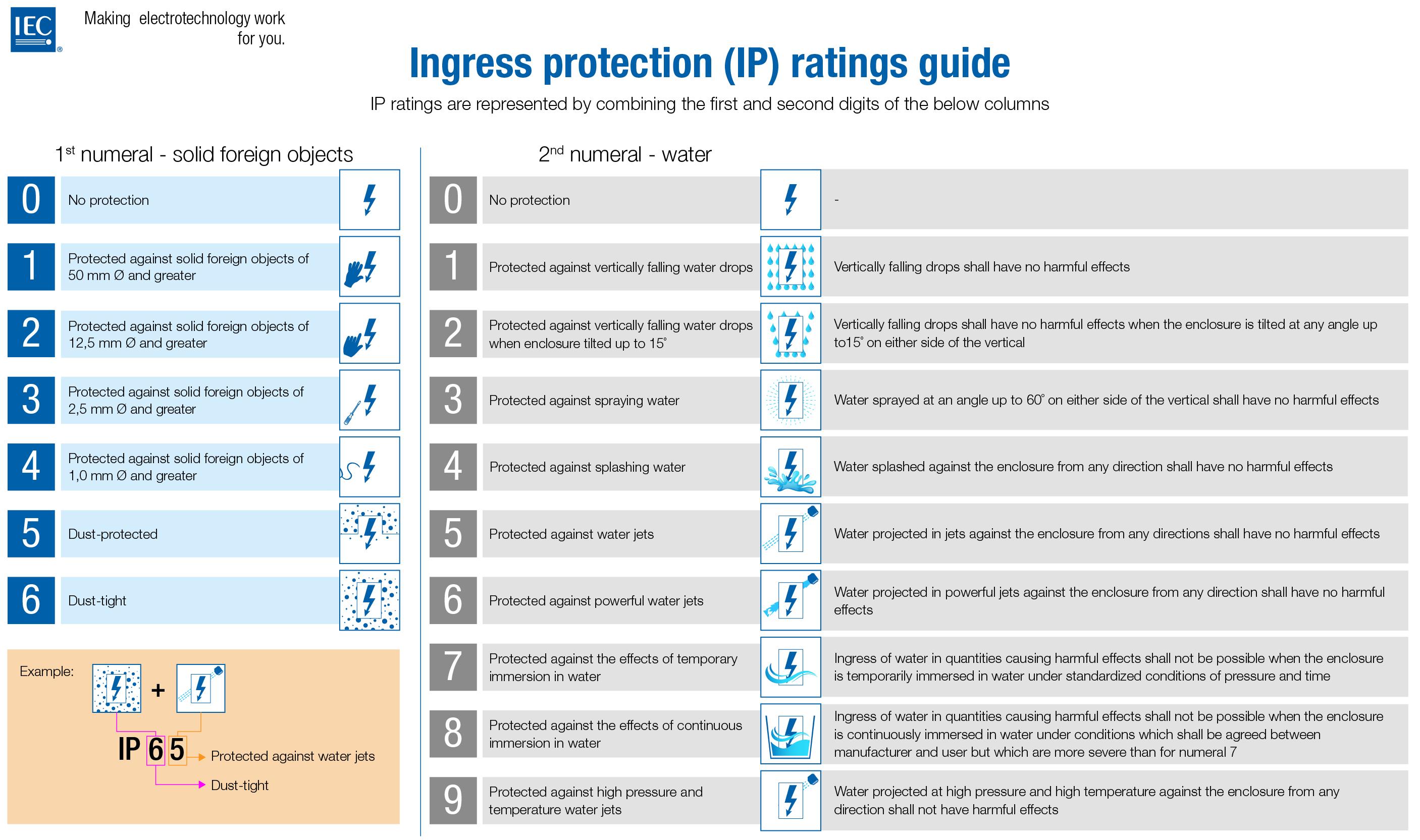Grateful for a kick in the right direction on the following: a telecomms engineer stated out that an outdoor metal cabinet (earthed & bonded) was an unsuitable enclosure for a network switch and patch panel to be installed into, as it was not IP rated.
As it happened, the size of the cabinet was too shallow for the kit anyway and the install could not go ahead. The client laid out quite a few grand to get some alterative cabinets procured and installed that were IP rated (and big enough) in order to meet an important deadline.
Basically an arguement is now kicking off about whether a larger version of the original intended cabinet is suitable or not. The reason the cabinet fails IP rating is because the base is open and sits on a concrete platform, with a core hole through the base of that to fresh air.
I don't think rain ingress is likely looking at the cabinet (although theoretically possible). Much more likely is condensation inside when the weather turns as the LV network switch will genarate warmth/heat.
Anyway with the background of out the way i would like to ask if the telecomms engineer is correct? I get that it is best practise etc to install into an IP rated enclosure, but is this an actual black and white regulation? and if so does anyone know what that reg. is? The client has been installing to similar non IP rated enclosures on other jobs so this is now turning into a p!ssing contest on Site and i would be very grateful if one of you learned sparks could settle the dispute.
Thanks in advance
Deano
As it happened, the size of the cabinet was too shallow for the kit anyway and the install could not go ahead. The client laid out quite a few grand to get some alterative cabinets procured and installed that were IP rated (and big enough) in order to meet an important deadline.
Basically an arguement is now kicking off about whether a larger version of the original intended cabinet is suitable or not. The reason the cabinet fails IP rating is because the base is open and sits on a concrete platform, with a core hole through the base of that to fresh air.
I don't think rain ingress is likely looking at the cabinet (although theoretically possible). Much more likely is condensation inside when the weather turns as the LV network switch will genarate warmth/heat.
Anyway with the background of out the way i would like to ask if the telecomms engineer is correct? I get that it is best practise etc to install into an IP rated enclosure, but is this an actual black and white regulation? and if so does anyone know what that reg. is? The client has been installing to similar non IP rated enclosures on other jobs so this is now turning into a p!ssing contest on Site and i would be very grateful if one of you learned sparks could settle the dispute.
Thanks in advance
Deano












